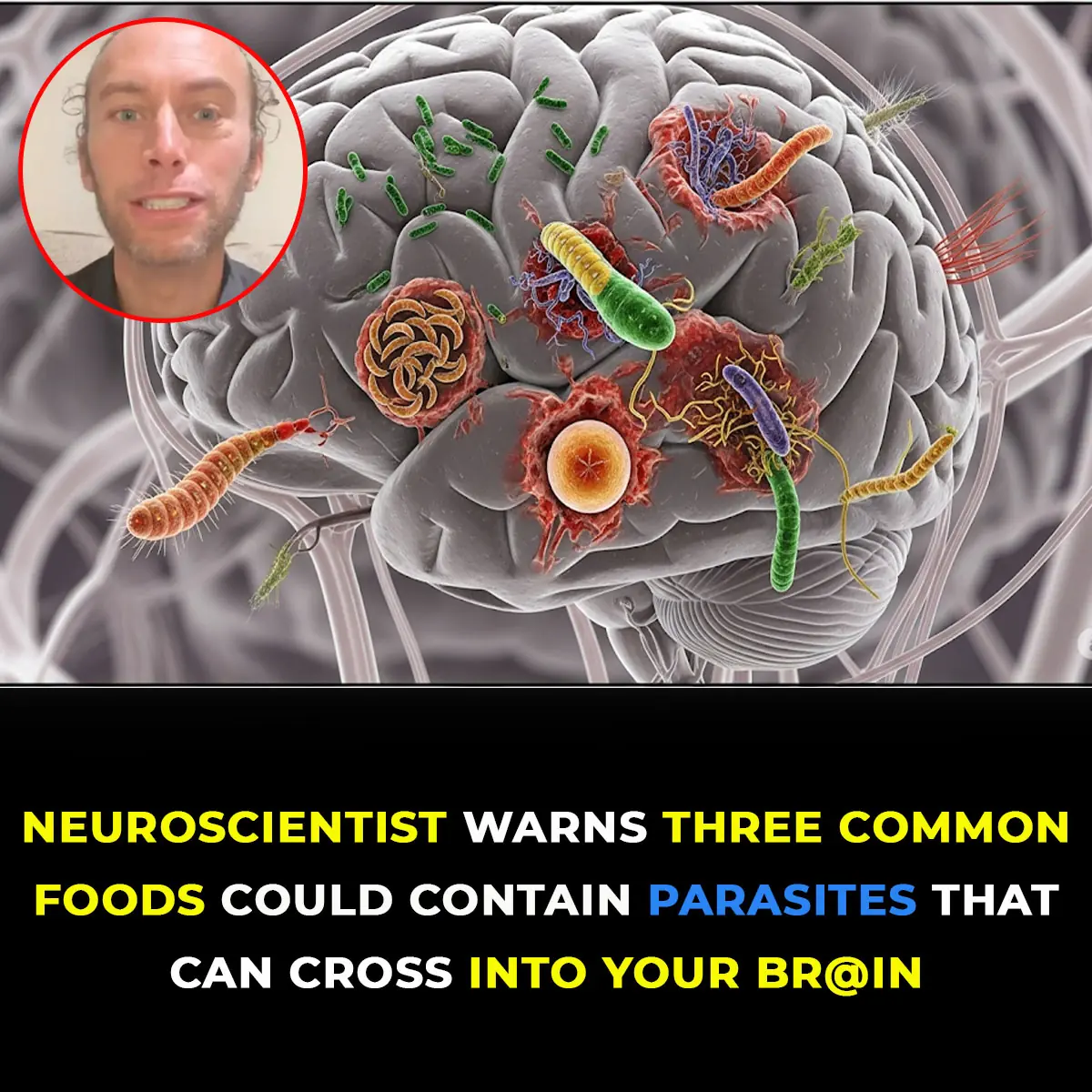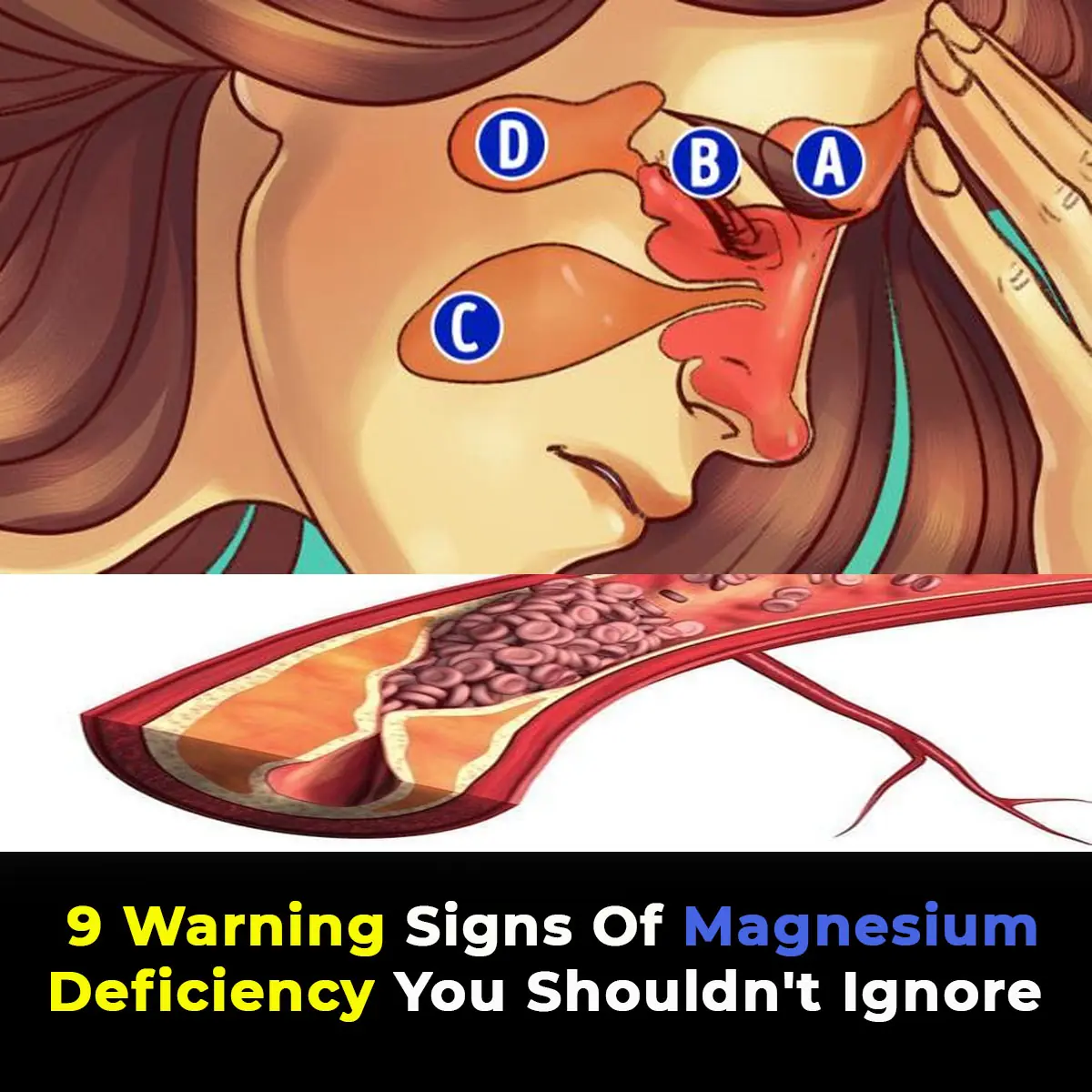
10 Warning Signs of Pancreatic Cancer Could Save Your Life
The pancreas, a crucial organ nestled deep in the abdomen behind the stomach, plays a vital role in both digestion and hormone regulation. It releases enzymes that help digest food and hormones like insulin that regulate blood sugar. However, when abnormal cells begin to grow uncontrollably in this gland, it can lead to a dangerous and often deadly condition: pancreatic cancer.
This type of cancer is the tenth most common cancer in the UK, but despite its frequency, it remains one of the hardest to detect in its early stages. The reason is simple — symptoms usually do not present themselves until the disease has already progressed significantly.
Pancreatic cancer can originate in different parts of the organ — the head, body, or tail — and symptoms may differ based on the tumor's location. The most common type of pancreatic cancer is ductal adenocarcinoma, which arises in the cells responsible for producing digestive juices.
Most symptoms are subtle at first and can easily be mistaken for other minor health issues. However, recognizing them early could make all the difference in receiving timely treatment.
Pain in the Stomach or Back
One of the earliest warning signs of pancreatic cancer is chronic or unexplained abdominal pain. This discomfort often radiates to the back and becomes more noticeable after meals.
At first, the pain may be intermittent or dull, but as the tumor grows and begins to press against surrounding organs or nerves, the pain becomes more persistent and severe. Some people describe it as a deep ache that doesn't go away, even when lying down.

Jaundice
“A number of people diagnosed with pancreatic cancer have jaundice—yellowing of the skin and eyes resulting in the buildup of bilirubin, a pigment produced by the liver.”
This yellowing occurs when a tumor blocks the bile duct, preventing bile from draining into the intestines and causing it to build up in the bloodstream. Along with yellow skin and eyes, jaundice can also cause dark urine and pale stools.
Jaundice is often one of the first noticeable signs, especially when the cancer is located at the head of the pancreas, near the bile duct.
Unexplained Weight Loss
Sudden, significant weight loss without any changes in diet or activity level is often a red flag for many types of cancer, including pancreatic. This may be due to a combination of poor nutrient absorption, loss of appetite, and increased metabolism caused by the cancer itself.
In many cases, this weight loss occurs rapidly and is accompanied by muscle wasting or weakness.

Digestive Problems
“Poor digestion, loose stools, or stools that are oily and are accompanied by a strong odor may be a result of interference with the pancreas’s enzyme production because of the presence of cancer.”
As the pancreas becomes less effective at producing digestive enzymes, food—especially fats—is not broken down properly. This leads to gastrointestinal symptoms like bloating, indigestion, and gas.
Bowel Changes
Blockage of the pancreatic or bile ducts can lead to steatorrhoea, a condition characterized by fatty, foul-smelling stools that are difficult to flush. These stools may appear pale and float due to the unabsorbed fat.
Other bowel changes can include constipation, diarrhea, or irregularity in stool patterns. These changes often worsen as the disease advances.

New-Onset Diabetes
In some cases, pancreatic cancer disrupts the pancreas’s ability to produce insulin, leading to a sudden diagnosis of diabetes, particularly in individuals with no previous history of the condition.
This new-onset diabetes may also come with symptoms like excessive thirst, frequent urination, unexplained weight loss, and fatigue.
Fatigue
Fatigue is one of the most common symptoms reported by cancer patients. In pancreatic cancer, it can result from a combination of factors including malnutrition, immune system response, and the tumor’s effect on the body’s normal functioning.
It may begin as general tiredness but can progress to extreme physical exhaustion that doesn't improve with rest.
Blood Clots
“The risk of developing blood clots increases when a person is diagnosed with pancreatic cancer. This is known as deep vein thrombosis (DVT).”
These clots usually form in the legs and can cause swelling, redness, pain, and warmth. In some cases, a clot may travel to the lungs, causing a pulmonary embolism, which can be life-threatening.
Blood clots may appear without any obvious cause and are sometimes one of the first indicators of a hidden cancer.
Fever and Shivering
“If you have jaundice or an inflamed pancreas, you may also experience occasional fevers accompanied with shivers.”
This may be a sign of infection or inflammation caused by a blocked bile duct or advancing cancer. These symptoms are often overlooked or misattributed to flu or other common illnesses.
Itching
Persistent itching can occur due to elevated levels of bile salts in the bloodstream, another result of bile duct obstruction. The itching may be generalized or focused in one area, and is often worse at night.
It is commonly associated with jaundice and may appear before other signs become apparent.

Who Is at Risk?
Although pancreatic cancer can develop in anyone, certain risk factors increase the likelihood. These include:
- Smoking: One of the most significant modifiable risk factors.
- Obesity: Being overweight increases the risk of several types of cancer.
- Age: Most cases occur in people over the age of 60.
- Family History: A genetic predisposition may play a role.
- Chronic Pancreatitis: Long-term inflammation of the pancreas can increase risk.
- Diabetes: Long-standing diabetes may be linked to a higher chance of developing the disease.
Final Thoughts
Pancreatic cancer remains one of the most challenging cancers to detect and treat. Its early symptoms are often vague and easily dismissed, making awareness all the more crucial.
If you or someone you know is experiencing persistent symptoms such as unexplained weight loss, digestive issues, or jaundice, it’s important to seek medical advice. Early detection, although difficult, can improve outcomes and potentially save lives.
Understanding these warning signs could be the first step toward earlier diagnosis and more effective treatment. Stay informed, stay vigilant — and never ignore what your body is trying to tell you.
News in the same category


Military Sleep Method Is 96% Successful and Will Send You to Sleep in Two Minutes

WHAT DO THESE RED DOTS ON YOUR SKIN MEAN?

7 Early Signs Your Heart May Be in Danger – Don’t Ignore #3!

If you have these two holes in your back, it means you don’t…Read more

Exact amount of time one single cigarette takes off your life revealed in new study

Breakthrough male birth control pill just passed human safety testing

What Mixing Vinegar, Salt, and Water Does?

Doctors Warn: These 2 Daily Habits Are Destroying Kidneys—Many Lose Both Before Age 30
Doctors warn that both of these habits—excessive sodium intake and overuse of paink:illers—are preventable.

Teen Warns Others After Doctors Ignored Symptom That Led To Her Collapsing In Class

According to a Psychologist, Narcissists Always Display This One Trait. Here’s What to Do If You See It

Man Who Drank 7 Liters Of Soda Daily For A Decade Suffers Severe Health Consequences

Could Your Food Be Hiding P@rasites? Neuroscientist Claims 3 Foods Can Cross into Your Br@in

Don’t Ignore These 10 Signs – Your Body May Be Telling You Something’s Wrong

Drink Clove Water for One Month and These 5 Benefits Will Follow

Why Are 80% of People Magnesium Deficient? The Answer Will Surprise You

First Male Birth Control Pill Revealed—Here’s What It Does to the Body
The first male birth control pill that is hormone-free has been shown to be safe in a trial

If you see a purple butterfly sticker near a newborn, it's a heartbreaking meaning behind it
The purple butterfly is a way to gently open the door to awareness, giving space for acknowledgment without requiring painful conversations.

Doctor Shares 30-Second Hand Test That Could Reveal Hidden Brain Tumor
News Post

Chaos as cruise ship passengers 'left behind' following major tsunami in Hawaii

Urgent warning issued to all iPhone users following release of iOS 18.6

13 of The Best Natural Muscle Relaxers to Help With Cramps

Military Sleep Method Is 96% Successful and Will Send You to Sleep in Two Minutes

WHAT DO THESE RED DOTS ON YOUR SKIN MEAN?

Skywatchers Delight: Dual Meteor Showers And Upcoming Celestial Events

Global Tsunami Alarms Following 8.8‑Magnitude Earthquake—Sixth Strongest On Record

7 Early Signs Your Heart May Be in Danger – Don’t Ignore #3!

If you have these two holes in your back, it means you don’t…Read more

Volcano Eruption Adds To Chaos After 8.8-Magnitude Quake Rocks Russia’s Far East

Scientists Spark Debate Over Interstellar Visitor’s Strange Behavior

Exact amount of time one single cigarette takes off your life revealed in new study

Breakthrough male birth control pill just passed human safety testing

Terrifying Optical Illusion Of A Woman Only Visible At A Certain Angle Leaves People Freaking Out

3-year-old boy finds a 16th century gold pendant worth $4M while playing with his dad’s metal detector

You’ll Never Guess What Happened at These 3 Weddings

What Mixing Vinegar, Salt, and Water Does?

Doctors Warn: These 2 Daily Habits Are Destroying Kidneys—Many Lose Both Before Age 30
Doctors warn that both of these habits—excessive sodium intake and overuse of paink:illers—are preventable.

Ancient Warning Emerges On Hawaiian Shore Days Before Massive Earthquake
